A few weeks ago, I raised a stink about LCD games, particularly Tiger Electronics’ suite of portables. Contrary to my comments, I admit to enjoying such devices in short bursts back in my youth. I also have fond, and certainly slightly rose-tinted, memories of playing Game & Watch Super Mario Bros. and Donkey Kong. If nothing else, LCD games proved that you can glean entertainment out of the simplest of activities.
Johnny Kung Fu is a fairly entertaining martial arts brawler that draws a lot of inspiration from the Game & Watch line. In fact, a few stages are even modeled directly after G&W classics, limited animations and all. It ultimately falls short due to lack of variety, because when there’s a pool of nearly 60 G&W games to choose from, why settle for only three?
Johnny Kung Fu (Nintendo eShop)
Developer: UFO Interactive Games
Publisher: UFO Interactive Games
Released: July 12, 2012
MSRP: $5.99
Johnny Kung Fu could be considered a minigame collection, more along the lines of WarioWare rather than Wii Sports. Each level presents a specific challenge that can ideally be completed in under a minute, though the escalating difficulty will do its damnedest to slow you down. You’ll want to shave as many seconds as you can, because the entire game must be cleared in under an hour of real-time.
The threadbare plot is nearly identical to that of Kung Fu on the NES: You are Johnny. Johnny has a girlfriend named Paula. Paula gets kidnapped by Mr. Wang’s crime syndicate and taken to the top of the Unethical Financial Operations (UFO, get it?) tower. Johnny must go from floor to floor, Game of Death style, in order to rescue Paula.
Instead of five floors as in Kung Fu, there are 32, and you must clear all of them before the aforementioned time limit is reach. You carry a maximum of three lives, regaining one after beating a level; should you continue after a game over, you take a five-minute penalty hit. All of a sudden, an hour doesn’t feel like an ample amount of time to save the day.

Stages are played on either the top or the bottom screen. Top-screen stages feature straight-up kung fu action — beat a certain number of low-level grunts then tackle a boss. Sometimes the color is drained from the environment and you have to restore it by beating up thugs while avoiding falling ceiling tiles. Other times you have to deflect knives or rockets back at a sharp-nosed mook in order to stun him and close the gap for a hit.
You begin the game with a standard set of punches and kicks, but you eventually gain new abilities in the form of knockdown combos and single-button super attacks. You also have the ability in most stages to jump between the background and foreground, which has the negative effect of reducing strategy to switching planes, waiting for the enemies to follow, then attacking the second they land. Bosses have an invincibility period before they perform their signature move, but if you are able to hit them with a knockdown technique the second they recover from a fall, you can catch them in an infinite loop. And once you acquire the single-button uppercut, you pretty much become untouchable.
As basic as the combat system is, any strategy demanded of the player is rendered useless when each fight feels like smacking down lifeless cardboard standees. You can’t even muster any satisfaction out of being a steamrolling badass.

The Game & Watch clones are played on the bottom screen. These stages are easily more interesting and more challenging than the waves of kung-fu monkeys, but they too slide into tedium.
As I already mentioned, these levels are modeled after three particular G&W titles — Donkey Kong, Judge, and Ball. In the “Donkey Kong” levels, you must dodge bombs and meat cleavers tossed by a pair of cannon fodder foes, then you must avoid getting fried by laser beams blocking the elevator. In the “Judge” levels, a random number appears before you and your opponent’s heads, and you have to dodge his hammer if his number is higher or attack if your number is equal or greater. In the “Ball” levels, you must juggle a set of bombs without letting any of them fall.
These levels look like they could have been pulled straight from the Game & Watch gallery, with monochrome sprites and stiff animations atop a static, colored background. As you progress, the action speeds up and the number of objects on screen increase. Whereas the kung-fu stages become easier over time, the G&W stages become more difficult.

Unfortunately, I’m disappointed by the lack of even more G&W-inspired stages. Of the 32 floors, 16 are devoted to repeating the same three G&W clones, and not even in equal measure — you often play the “Donkey Kong” level several times in a row. I believe five level types would have been perfect, allowing players an opportunity to play each at least three times. Instead, this is a case of missed potential.
And let’s not forget about that overall time limit! Since you’re likely to exhaust your time well before you reach the roof, at least during your first run, you’ll be restarting from the ground floor over and over again. And should you actually make it to the top, the final boss will likely drain you of all your lives before you realize the technique needed to dispatch him. It’s an incredible oversight that UFO didn’t offer a way to continue from a checkpoint with whatever time you had remaining by that point instead of demanding that players begin fresh.
Well… that’s not true. There is a curious workaround.

As you make your ascent, you unlock bonus modes — two variants of the “Donkey Kong” stage and an endless wave of minions. If you enter a mode then quickly exit, a “continue” option will appear in the main menu, allowing you to restart from a point fairly late in your most recent run. But every time you get a game over or turn off the 3DS, you’ll have to redo the bonus mode trick.
This is clearly a glitch, because after beating the game once and opting to play a harder second quest, the “continue” option becomes a permanent fixture. I discovered this method completely by accident after my second unsuccessful run, but I fear others may never stumble across it. Maybe it’s a bug that only affects certain players; I wonder if its too minor an issue for UFO to go in and update the code on the eShop. Either way, it’s a glaring flaw.
Johnny Kung Fu certainly has its charms, and the dichotomy between the combat levels and the Game & Watch-inspired throwbacks is quite novel. It’s just a shame that all the charm is burned through so quickly. The result is a game of extremes with no happy medium — it’s either too simple and brainless or too tedious and frustrating.

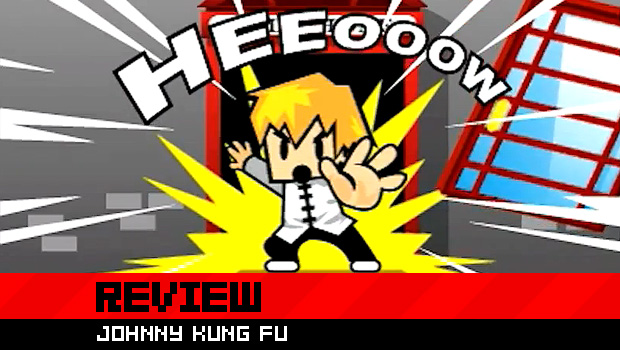
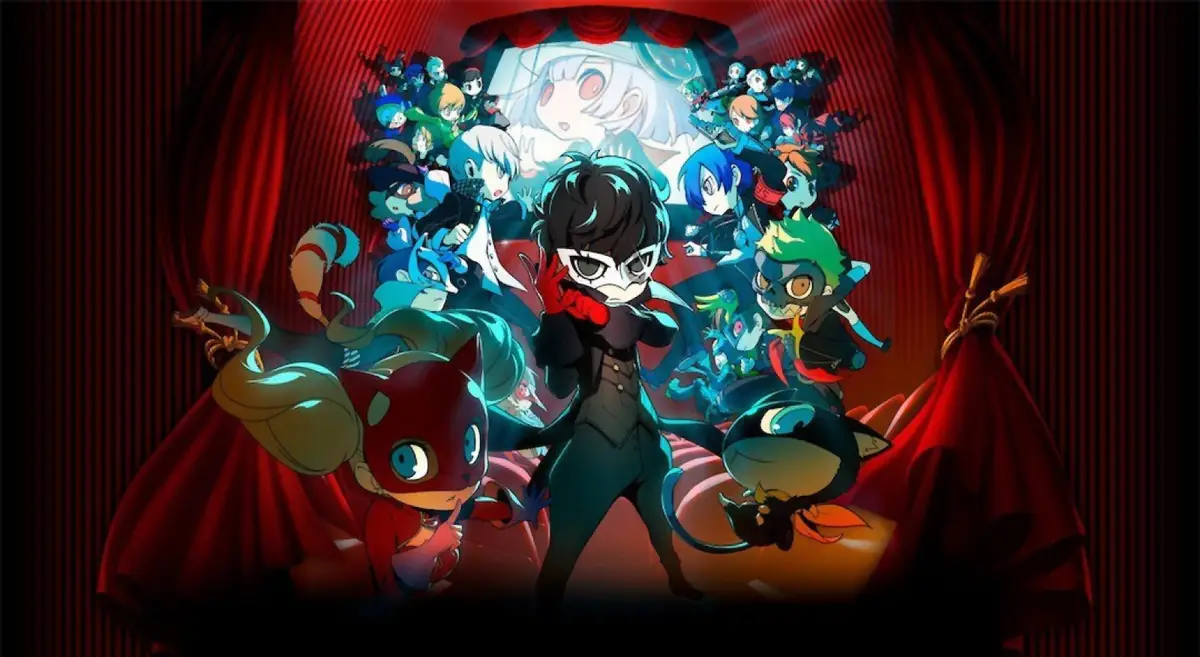
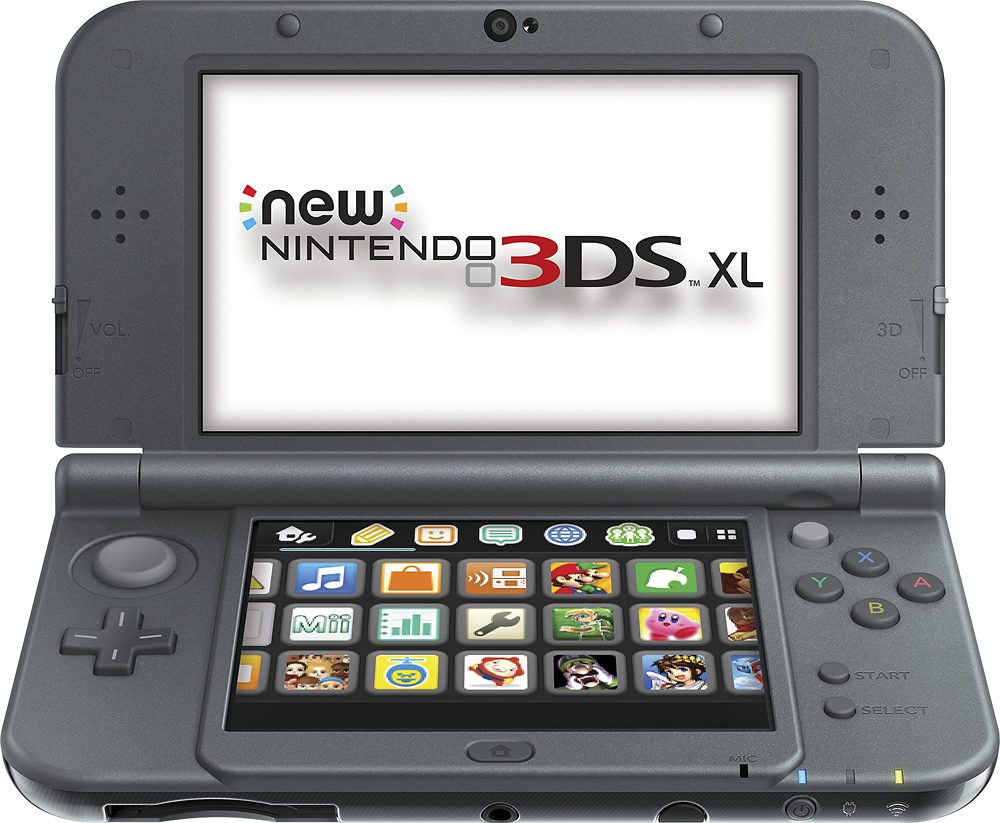
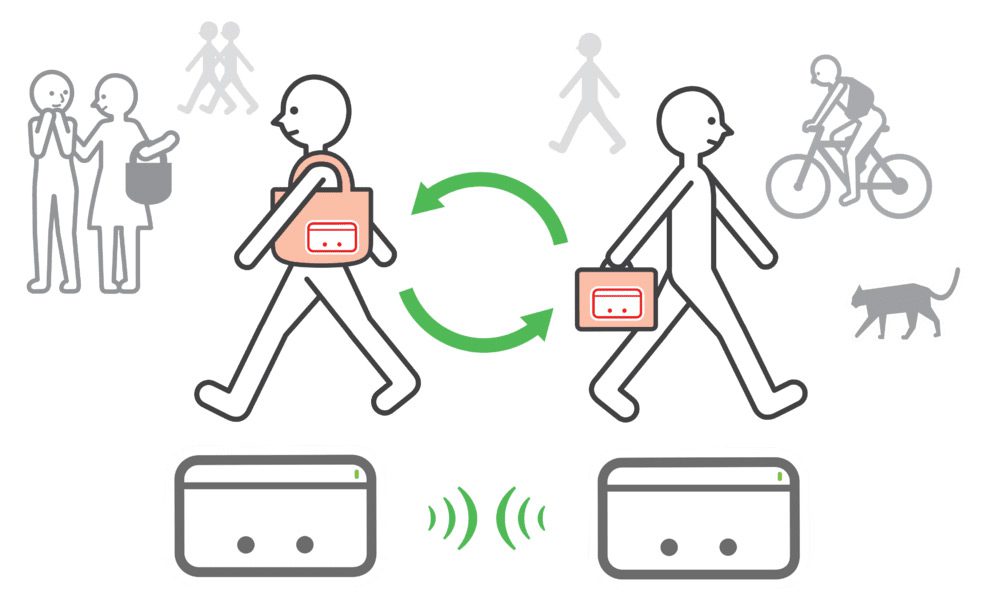
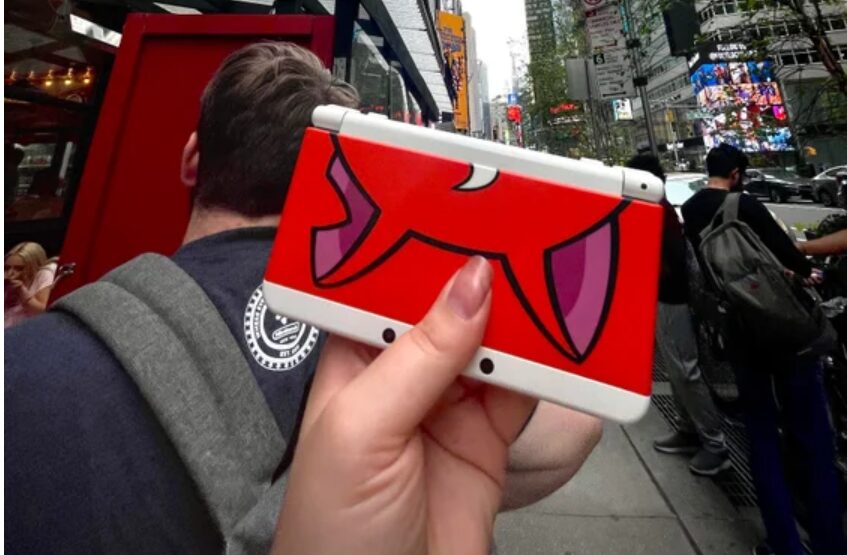
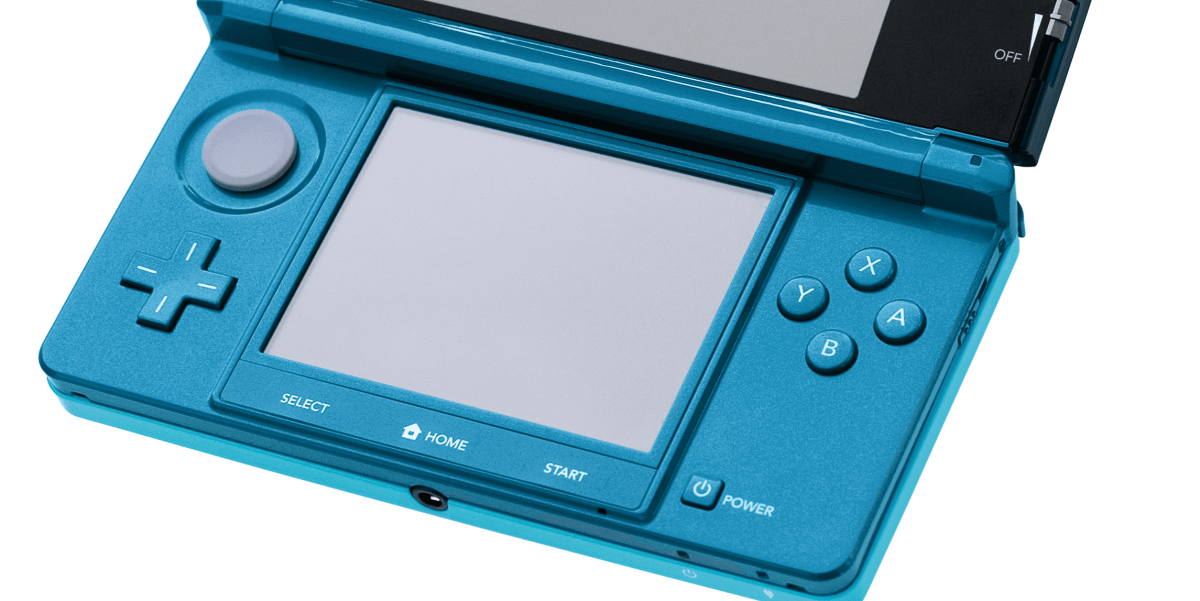

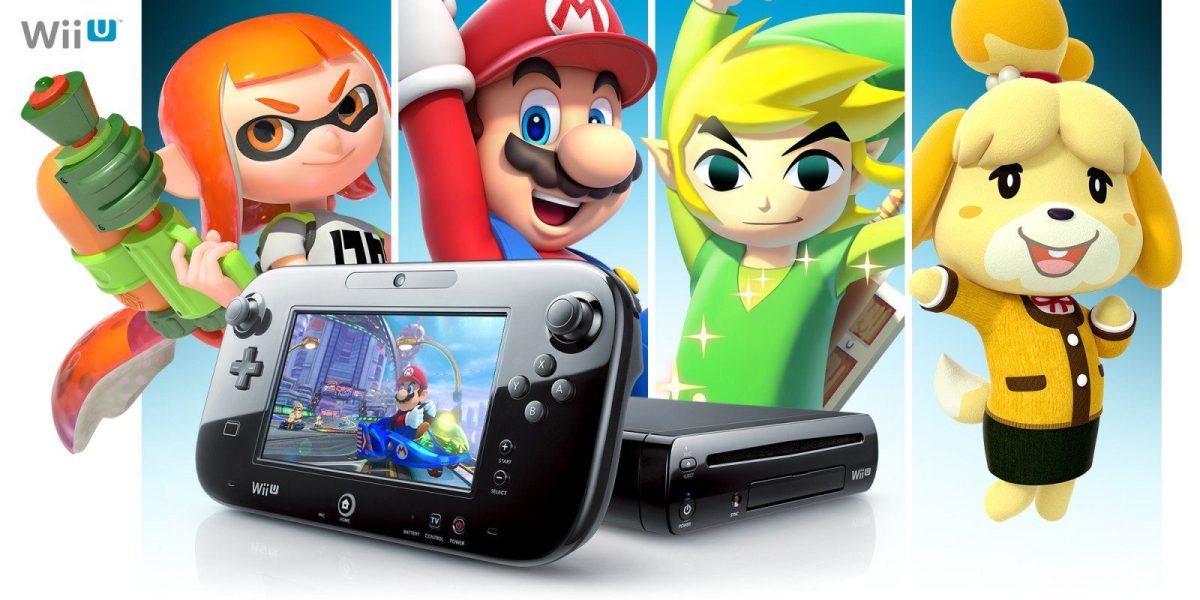



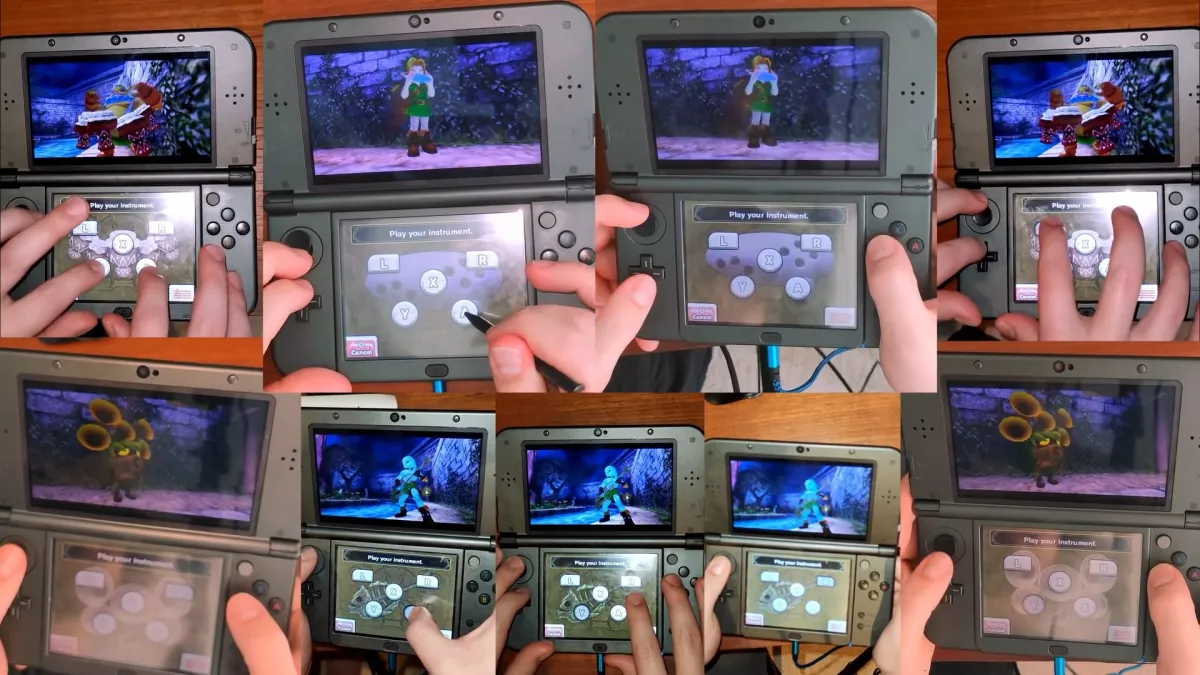
Published: Jul 18, 2012 7:00 PM UTC